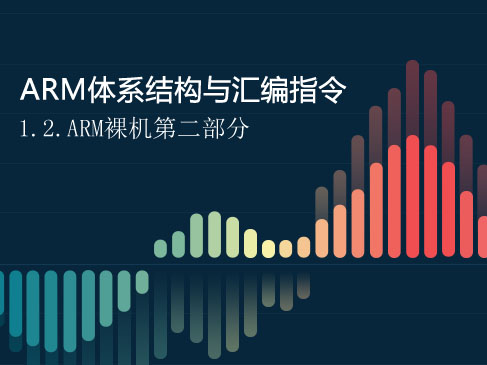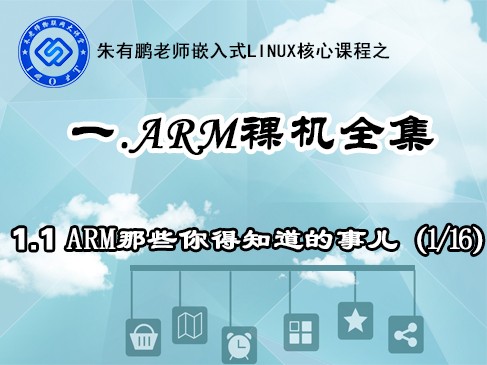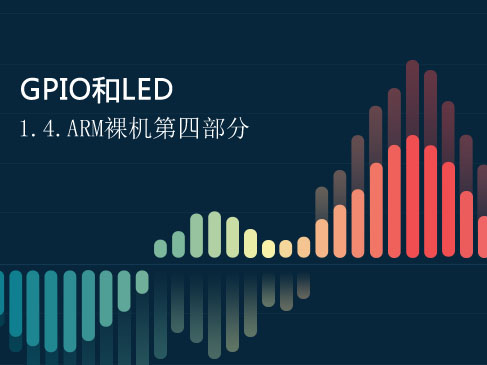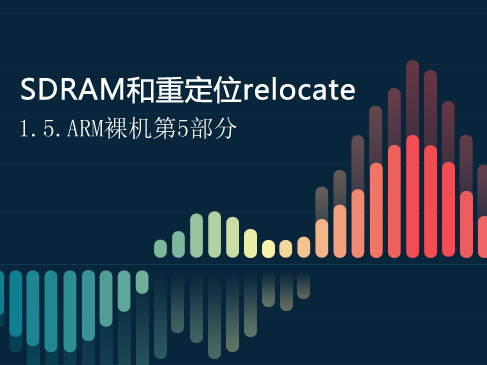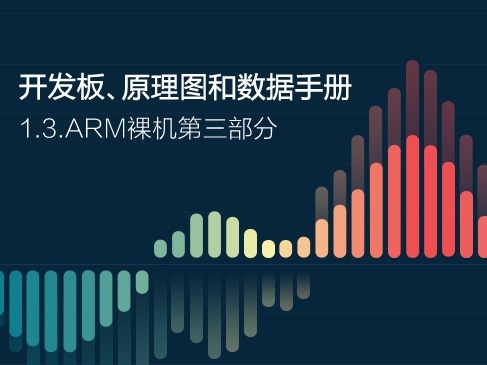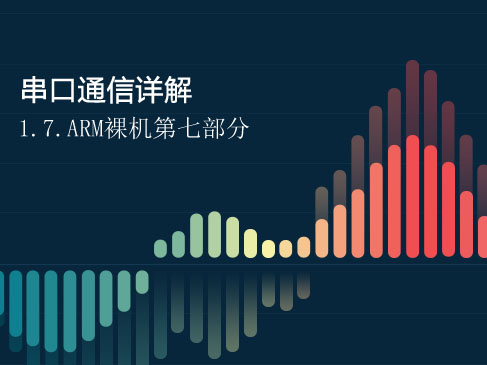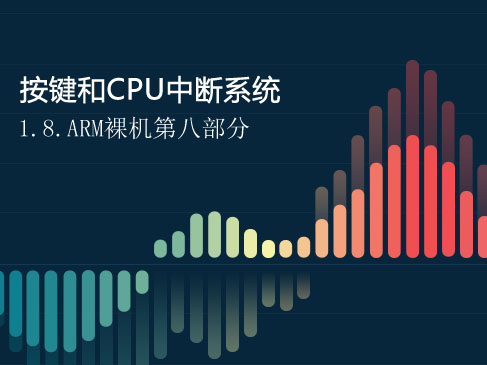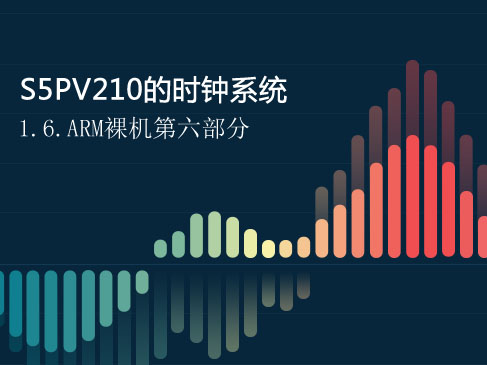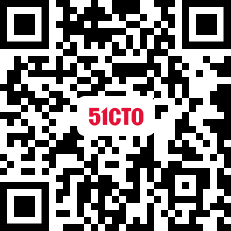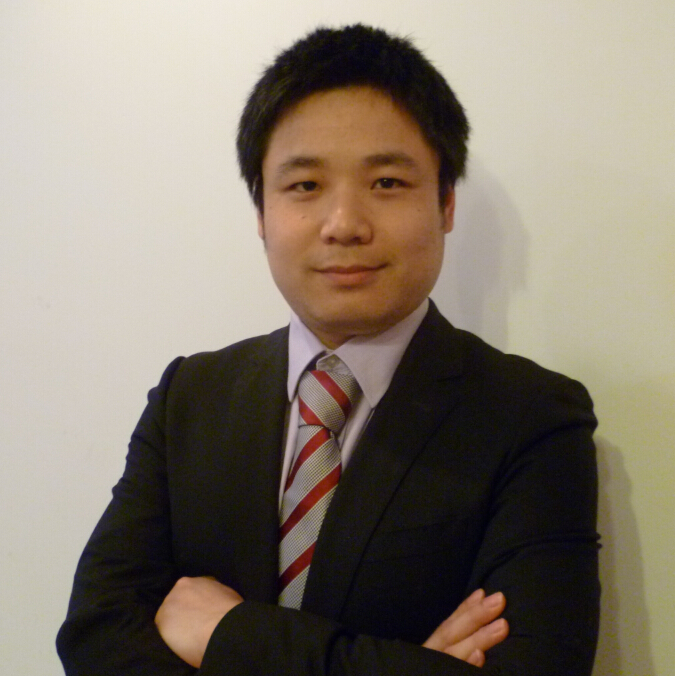This course has 19 classes in total, mainly about ARM architecture features and commonly used ARM assembly instructions. The architecture focuses on the knowledge points such as the association between instruction set and CPU, independent weaving and unified weaving, Harvard architecture and Von Neumann architecture, the startup mode of S5PV210, memory mapping, etc. The ARM assembly instruction section describes the internal registers, interrupt processing, common instruction sets, etc. of the ARM series SoC.
Embedded is a hot topic in the current IT field. Its main application fields cover various industries related to mankind:
*Consumer electronics (mobile phones, tablets, game consoles)
*Internet of Things (smart home, smart city)
*Industrial automation (unmanned factory, industrial robot)
The huge business opportunities and talent gap have led to the high salary of embedded software engineers, which has attracted numerous young talents and college students to join and study hard.
Course features
*Zero foundation can be learned to lower the learning threshold.
*Easy to understand. Not afraid to learn, but afraid that you will not learn.
*Clear thinking, funny language, and will not sleep when watching the video······
*Videos+documents+exercises+Q&A to ensure the quality of learning in many ways.
*The teaching method of basic knowledge+train of thought guidance is to teach students how to fish more than to teach them how to fish.
*Series of courses. This tutorial is just an introduction, and there will be more exciting video updates in the future.
